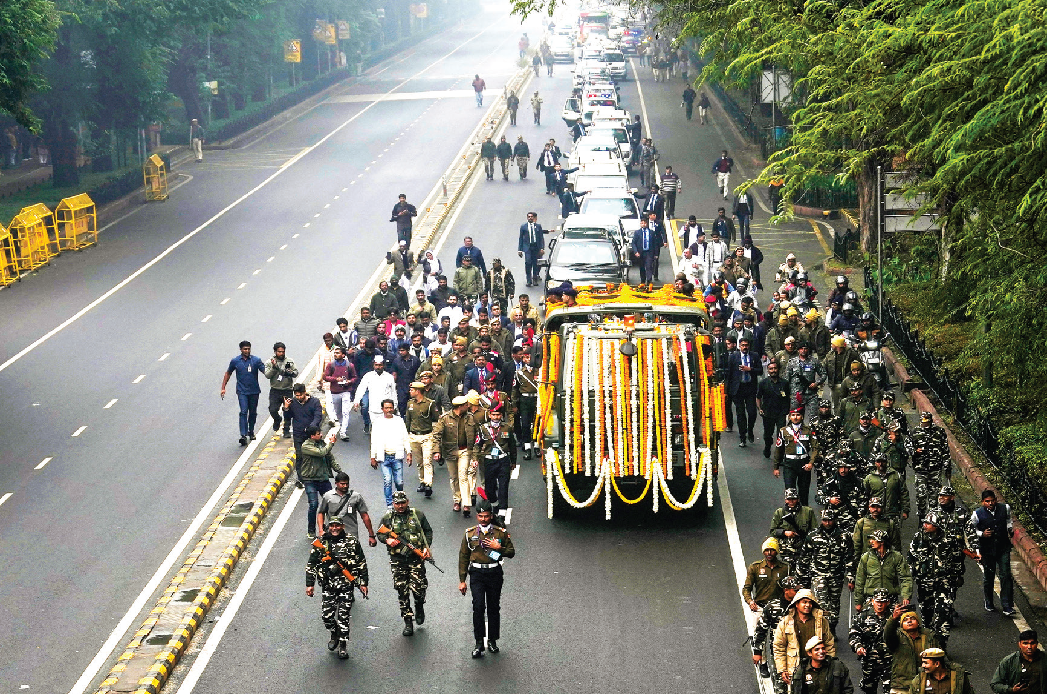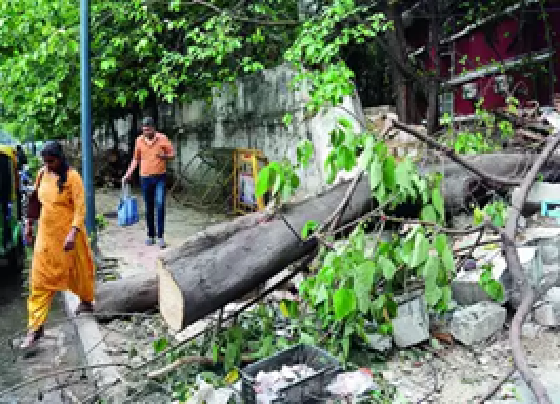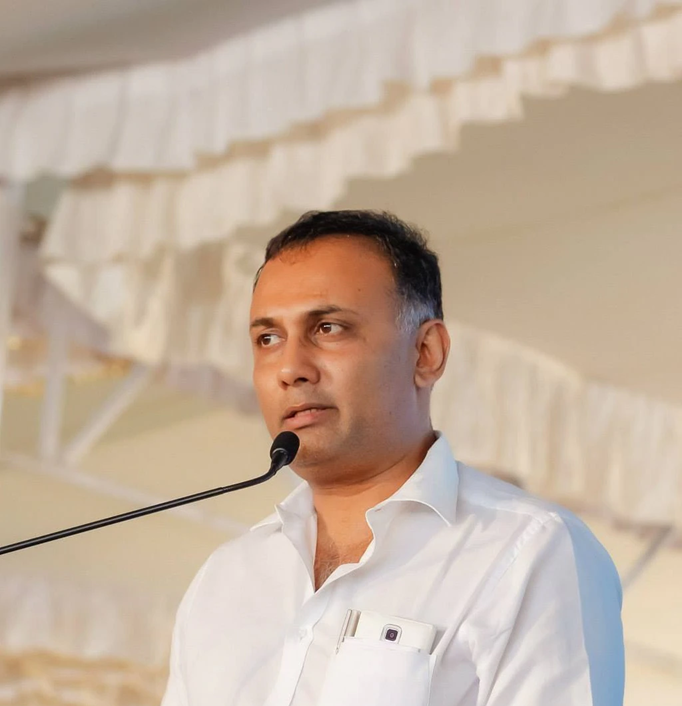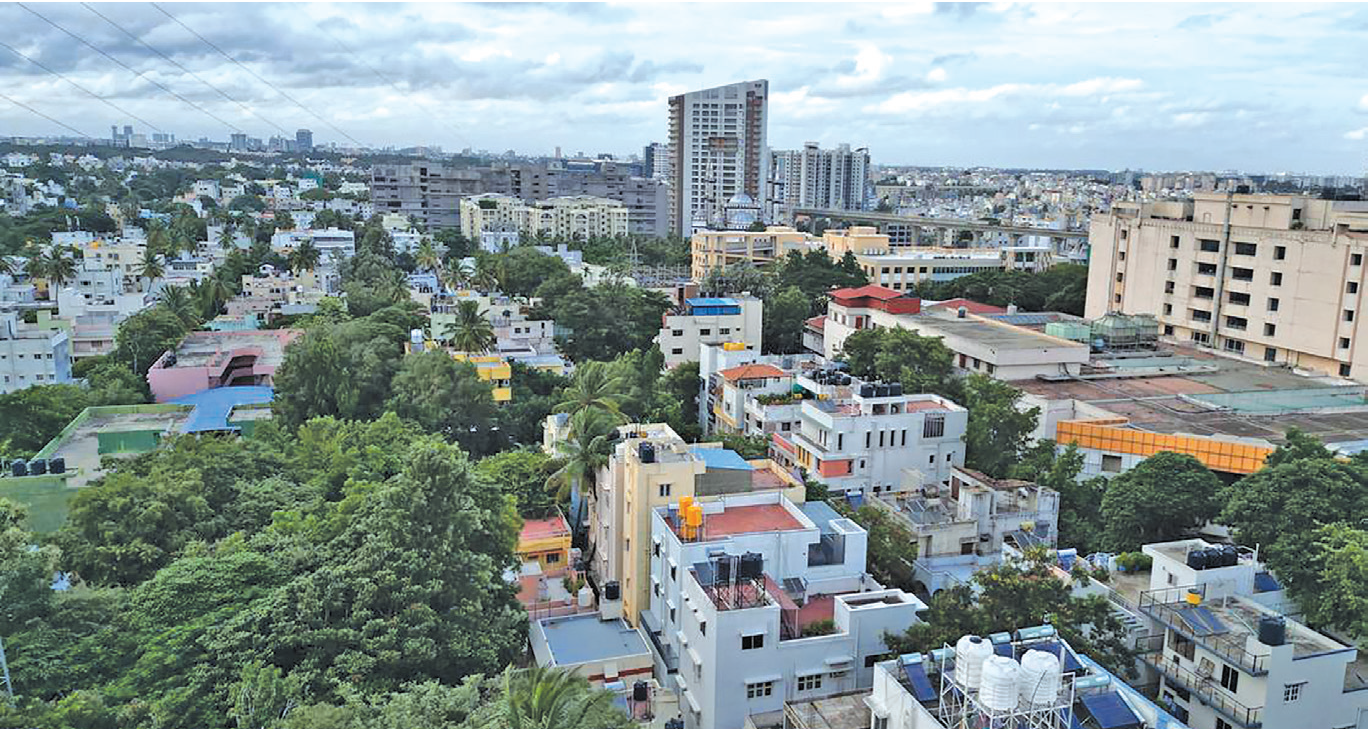
Manmohan’s legacy: Celebrating 'Jekyll', reckoning with 'Hyde'
Bengaluru: The passing of former Prime Minister Manmohan Singh elicited lofty eulogies, yet some have expressed reservations about the uncritical gaze with which he is being remembered. Born in present-day Pakistan and migrating after Partition, Singh rose from humble beginnings to become a renowned economist. He held major bureaucratic positions, including Governor of the Reserve Bank of India (RBI) and Chairman of the University Grants Commission (UGC). His political career began in 1991 as Union Finance Minister, where he steered India through turbulent economic times.
He is most remembered for his tenure as a two-time Prime Minister, heading the Congress- led United Progressive Alliance (UPA) from 2004 to 2014. However, some critiques of Dr Singh's legacy remain. For example, even in death, he is often denied credit for transformative rightsbased legislations like the Mahatma Gandhi National Rural Employment Guarantee Act (MGNREGA), the Right to Information Act (RTI), and the Forest Rights Act (FRA).
Instead, credit has frequently been attributed to then Congress President Sonia Gandhi and the National Advisory Council (NAC), which was perceived to operate under her influence. Furthermore, the UPA government faced corruption allegations from 2009 to 2014. While the Opposition BJP conceded that Singh himself was clean, it claimed his Cabinet colleagues were not.
State power not benign The most serious criticisms levelled at Singh relate to his endorsement of state excesses. Among the key concerns were the controversial amendments to the Unlawful Activities (Prevention) Act (UAPA) in 2004, 2008, and 2012, which allowed organisations to be labelled as terrorist groups without judicial oversight.
Singh also granted unchecked power to Union Home Minister P. Chidambaram, who oversaw Operation Green Hunt, a military operation against Naxal groups in Chhattisgarh’s Dandakaranya forests and several other states. The operation was allegedly marked by excesses, seen as a bid to clear the way for resource extraction by large private corporations. Chidambaram also oversaw the killing of over 100 unarmed protesters in Kashmir, following a fake encounter killing of three Kashmiri men in Machil sector, Kupwara.
Ever the bureaucrat Professor Narayana A from Azim Premji University’s School of Policy and Governance suggested that Singh's bureaucratic mindset led to a blind trust in state power. However, he also described Singh as one of the two true "statesmen" India had for Prime Ministers, alongside Jawaharlal Nehru. Narayana explained, “The bureaucrat in him believed in the state’s power. They believe in state power and think it can do no harm.” Political scientist Muzaffar Assadi remarked that Singh, though an intellectual, often refrained from asserting himself on policy matters. “The biggest problem with intellectuals is that they won’t resist.
Many times, he would just listen and say he had learned a lot,” Assadi said. He added, “On the one hand, Singh embraced the ‘madhyama marga’ (middle path) between socialism and the market, but on the other, the state became more brutal. While this wasn’t unique to Singh, it was a continuation of the state's inherent brutality.”
Goodbye to socialism Narayana also pointed out that Singh left behind the constitutional mandate for socialism, which had been a guiding principle since the 1950s. “Socialist policies are a constitutional mandate, and India moved away from them under Singh in the early '90s. If you like it, it’s not in line with the spirit of the constitution,” he said. However, he noted, “It wasn’t the end of the welfare regime as such. Welfare policies reinvented themselves during the UPA.”
Assadi added that while Singh demonstrated the feasibility of coalition politics, the presence of multiple power centres, involving Singh, Sonia, and alliance partners, ultimately harmed the UPA’s narrative. “Despite perceived weakness, Manmohan Singh gave the Prime Minister’s post an academic prestige,” he added.
 English daily published in Bengaluru & Doha
English daily published in Bengaluru & Doha






